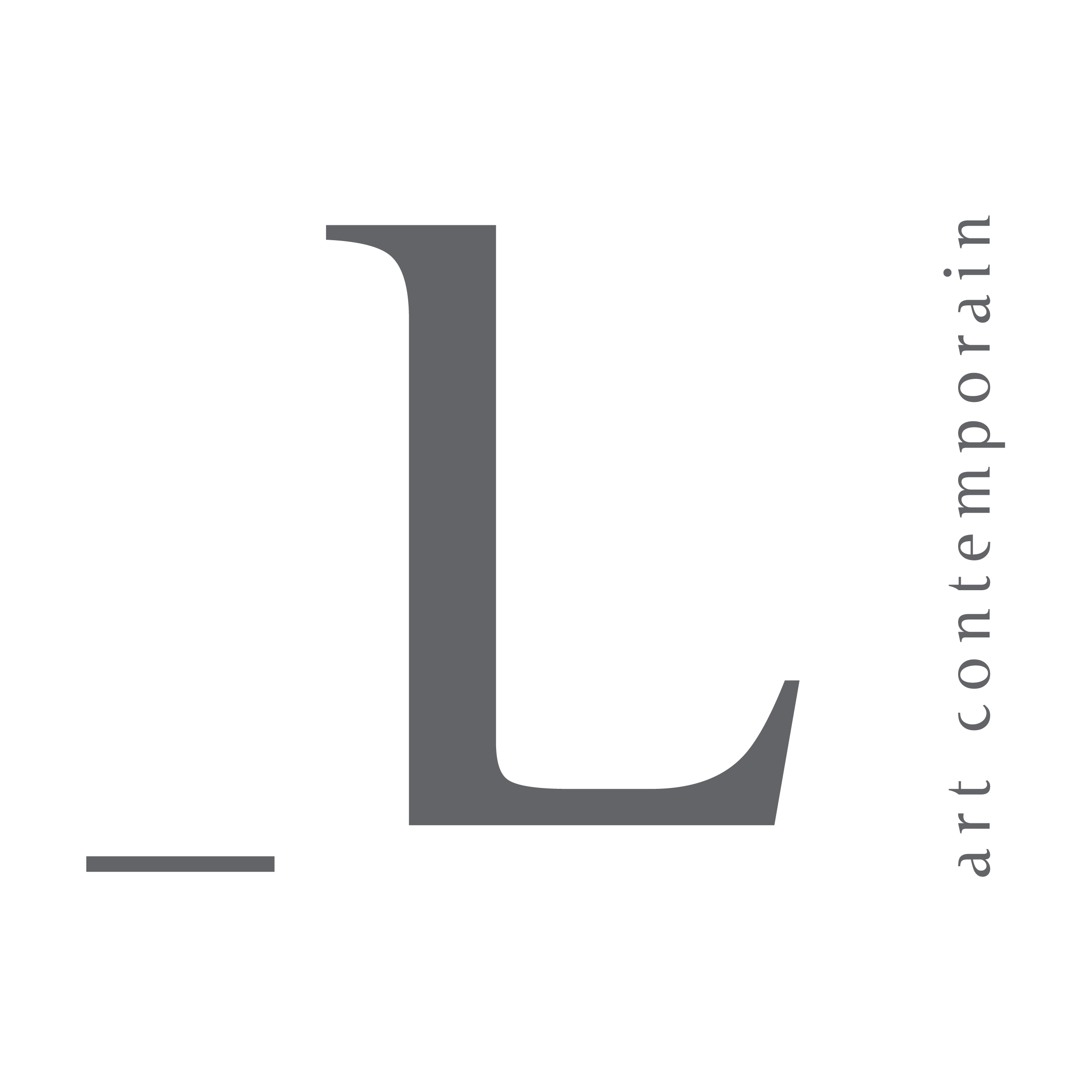Niura Bellavinha, Antonio Bokel, Fernando De La Rocque,
Herbeth Sobral and Traugott Spiess
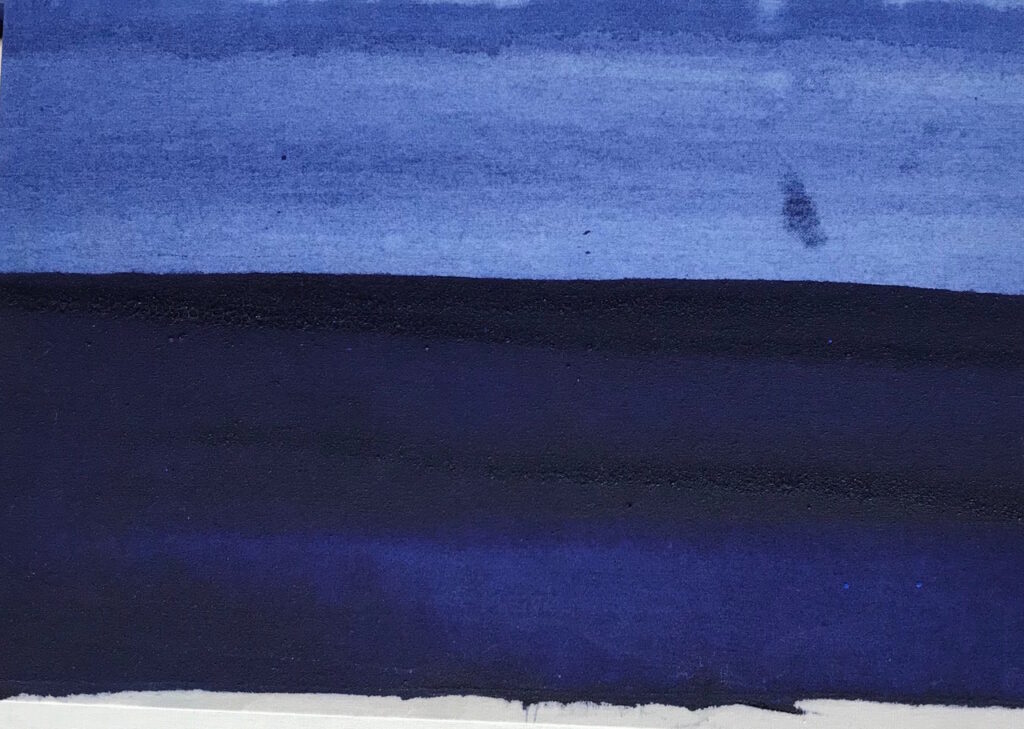
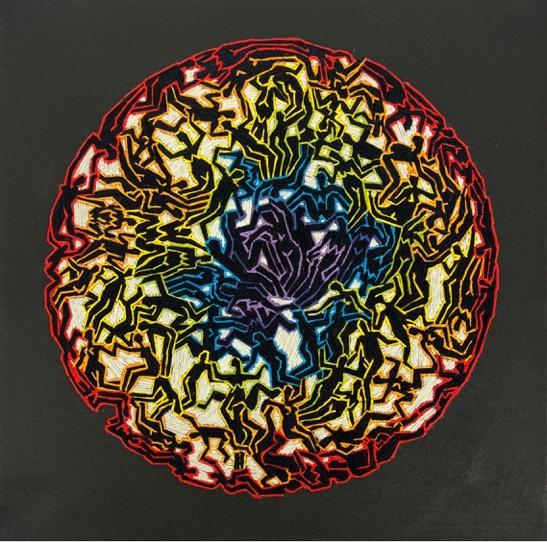

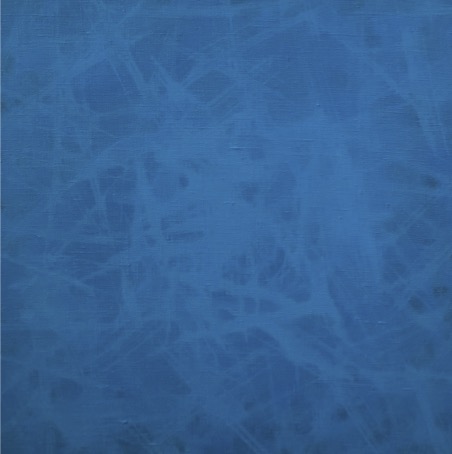
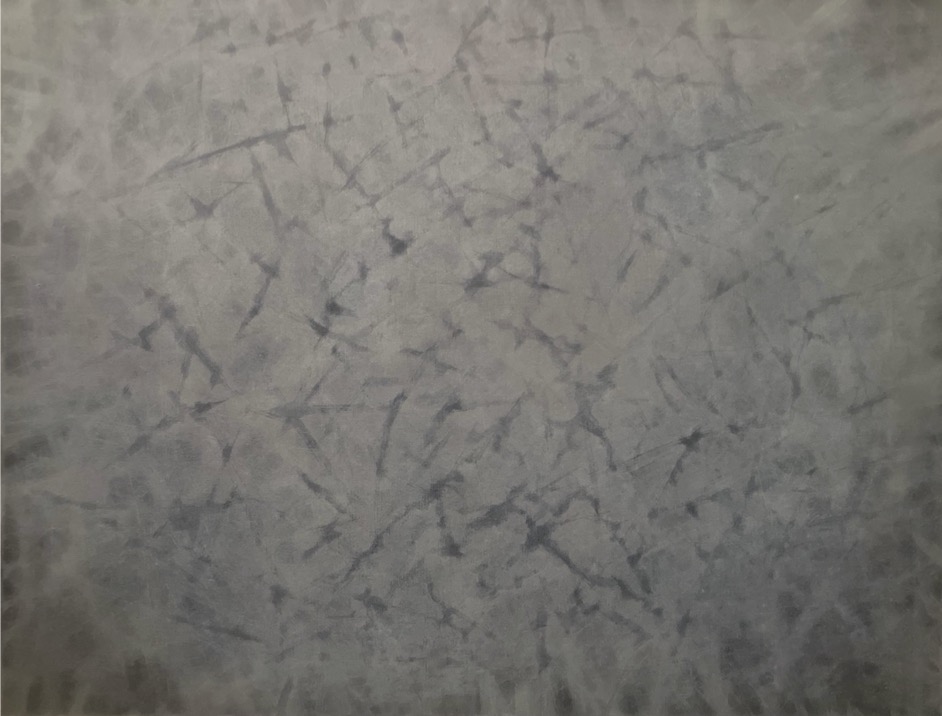
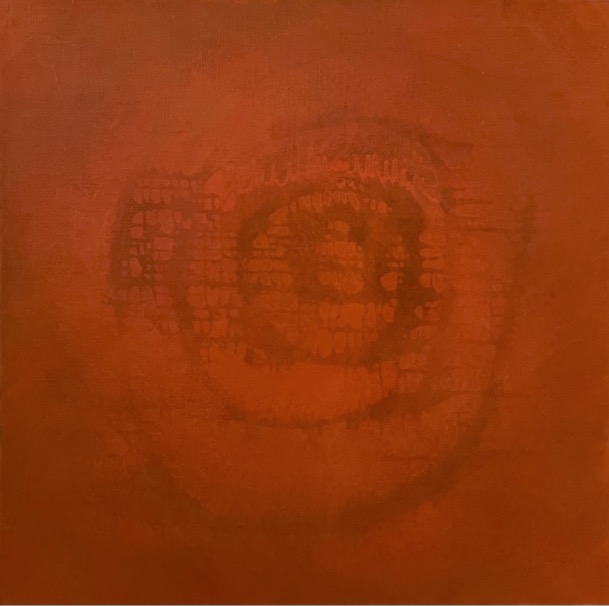
ABSTRATIONEN:ABSTRAÇÕES
The title ABSTRAKTIONEN / ABSTRAÇÕES refers to a pictorial practice over a century old—a true hallmark of the 20th century in the field of visual arts. The exhibition presents abstract approaches which, though developed in vastly different eras and cultural contexts, engage in a dialogue that transcends time and geography. Two generations, two continents, yet a shared desire to liberate painting from representation.
On one side, Traugott Spiess (1919–2007), born and deceased in Zurich, was a student of Johannes Itten, one of the pioneers of abstraction. As early as the 1950s, he renounced all forms of figuration and embraced the aesthetics of Art Informel, an approach to painting that emphasized spontaneity, materiality, and expressive gesture. His work resonated with the Zero movement, earning him an invitation to the group’s landmark exhibition Europäische Avantgarde in 1963 in Frankfurt. In Spiess’ work, abstraction is born of a free, sometimes barely controlled, pictorial gesture. His brush-strokes—fine and swift—layer upon each other to form subtle networks, at times resembling spiderwebs. A dominant hue often generates a mysterious depth, conducive to contemplation, drawing the viewer into silent spheres akin to distant galaxies.
Responding to this meditative abstraction is the equally layered work of Niura Bellavinha, born in 1960 in Belo Horizonte, Brazil, where she still lives and works. She, too, constructs pictorial spaces through the superposition of colored layers. But here, the gesture is broader, more legible, as seen in O maior trem do mundo 01, para Carlos Drummond de Andrade (2023). This work is a subjective account of a journey to Ferros, near Itabira (Minas Gerais), a mining region where red earth colors everything with its dust—from roads to houses and trees. The artist translates this pilgrimage to the birthplace of one of Latin America’s greatest poets, Carlos Drummond de Andrade, into painting. Layer by layer, the canvas reveals the imprints of a journey that is at once emotional, literary, and visual.
Herbert Sobral, for his part, approaches abstraction through a different strategy. He draws on everyday objects—here, Playmobil figurines—retaining their contours as a formal foundation. He then works through chromatic opposition, playing with bold contrasts. This approach recalls the strategies of Hard Edge, a North American movement of the early 1960s. Unlike his predecessors, Sobral prefers small formats, which he arranges into larger groupings. His works thus lean more toward the sign or symbol than toward purely painterly assertion. Abstraction becomes a visual language system—modular and potentially infinite.
Fernando De La Rocque, born in 1979 in Rio de Janeiro, creates dense meshworks using anthropomorphic figures. From a distance, the figures dissolve into expanding networks that often span the entire surface. This tension between figuration and structure gives his work a hallucinatory, almost dreamlike quality.
Finally, while concrete art reached its height in Brazil in the 1960s, Antonio Bokel arrived at it more gradually, after many years of gestural experimentation nourished by Cy Twombly, graffiti, and urban art in general. Today, he inscribes himself in a constructive and geometric tradition, refining his formal vocabulary. Among his key references are Amílcar de Castro and Mira Schendel. His forms are now arranged according to more controlled, rigorous structures, far removed from the urgency of graffiti. However, by positioning his work in the gallery’s showcase, he maintains a direct connection with public space—a fundamental element in his artistic approach.
une production jb books&projets
